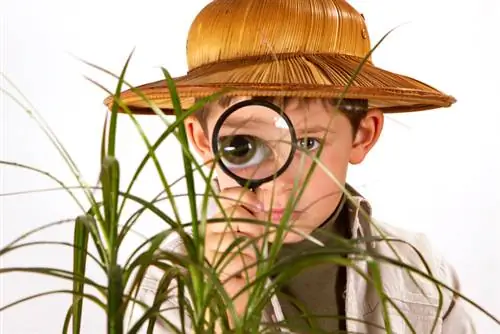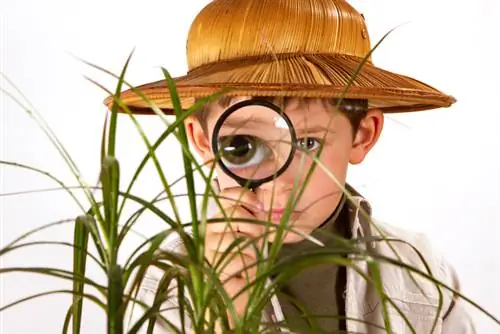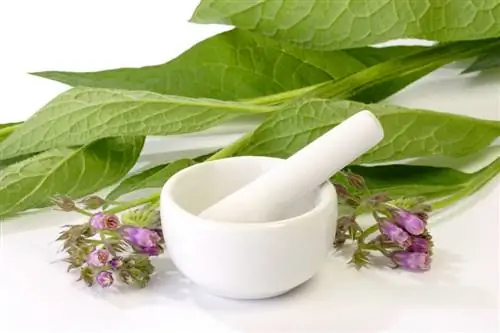- Author admin [email protected].
- Public 2023-12-16 16:46.
- Last modified 2025-01-23 11:20.
Houseplants that contain toxins can be dangerous in households where children or animals live. Cats in particular like to nibble on the leaves of palm trees and it is almost impossible to supervise the offspring around the clock so that they do not nibble on the plants out of curiosity.

Are palm trees poisonous to children and pets?
Real palm trees such as the betel palm or Kentia palm are non-toxic. On the other hand, the yucca palm, also known as the palm lily, contains saponins that are poisonous to animals, and the Madagascar palm, a succulent, is very poisonous and should be kept out of reach.
Real palm trees are non-toxic
Palm plants such as the betel palm or the popular Kentia palm are quite easy to care for and do not contain any toxic substances. This is different with plants that are called “palms” in Germany, but are not real palms.
- The yucca palm (palm lily) contains saponins that are harmless to humans but toxic to animals.
- The Madagascar palm, which is a succulent, is one of the very dangerous poisonous plants and should therefore be placed out of the reach of children or animals.
Tip
There is no guarantee that a houseplant is completely harmless - fungicides or insecticides used during cultivation can pose a risk to children or pets. The only way to be on the safe side is to place plants out of the reach of your two or four-legged friends.






